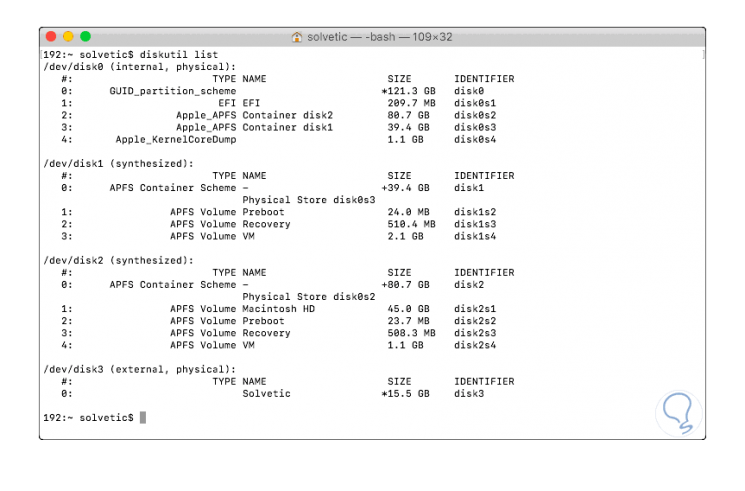

So this may not be suitable to be used for heavy tasks, but it's perfect for testing. It's worth noting from the start that Apple doesn't allow installing macOS on non-Apple hardware, so to use this legally you must have Linux installed on Apple hardware.Īfter using Sosumi for a few hours on my Ubuntu 20.04 desktop, I can tell you that the installation takes quite a while (about 50 minutes on my system), and the macOS system may be a bit slow, but it's usable.

Use this instead: Install macOS Big Sur Or Catalina In A Virtual Machine Using Docker-OSX. ] This package has been abandoned, and is no longer updated. It does not ship with macOS, but downloads an installer image for macOS Catalina. In any case, would have the info you want on how to setup booting with UEFI, which can be setup to do off live USB and DVD setups.Sosumi is a snap package based on macOS-Simple-KVM that makes it easy to download and install macOS in a virtual machine (it comes bundled with qemu-virgil, which includes virtio-vga, a paravirtual 3D graphics driver). Anyways any information would be greatly appreciated.You can download and install an ISO to Cd/DVD media, or, to a USB, - or - use a USB boot loading tool to boot mutiple ISO's, in a USB with persistence, or off optical media with persistence, if you plug a USB in for storage, vs using the HDD for persistence. Am I correct in assuming that you installed kali after creating a bootable cd/dvd and were unsuccessful in creating a live USB? Research suggests it may be possible to boot from a cd/dvd then continue to run on a live USB but that seems a little ridiculous to me. I've tried unetbootin, dd, mac linux usb loader with no success.

Basically not looking to install kali on macbook pro, I'd like to have a live Kali USB with persistence that could preferably boot BIOS and UEFI.


 0 kommentar(er)
0 kommentar(er)
